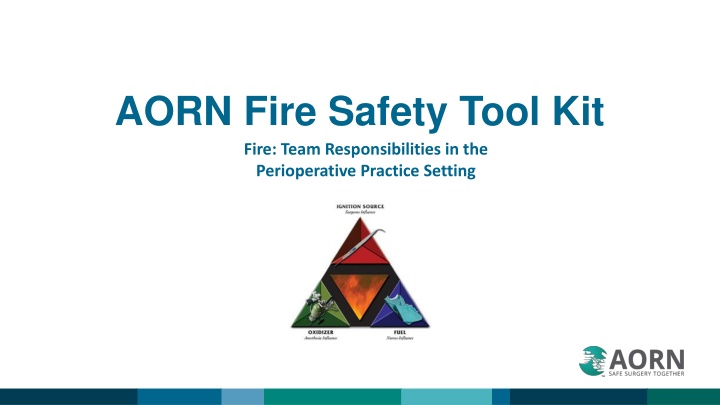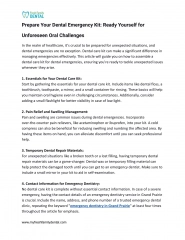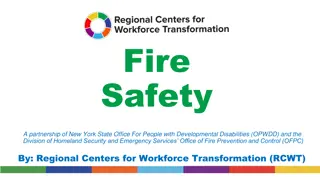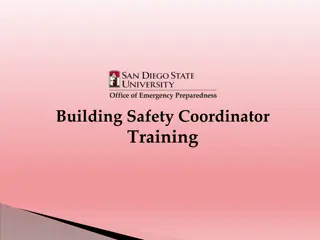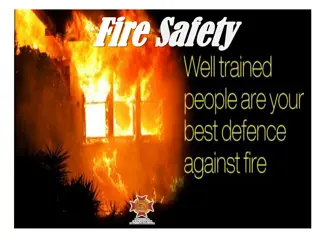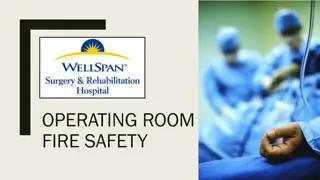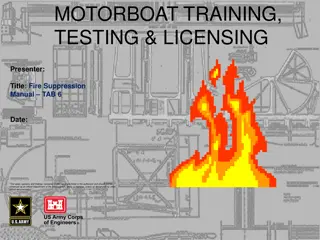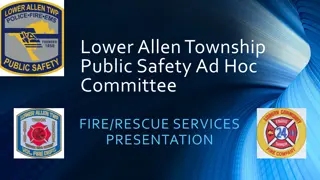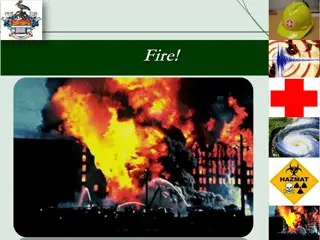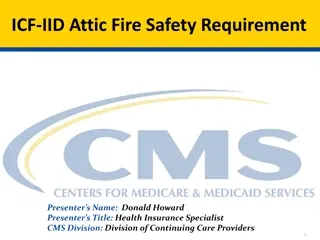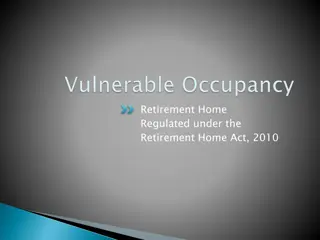AORN Fire Safety Tool Kit: Team Responsibilities in Perioperative Practice
This content provides valuable information on the roles and responsibilities of perioperative team members in the event of a fire in the practice setting. It covers learning outcomes, fire facts, patient injuries, locations at risk, high-potential procedures, and emphasizes fire prevention and extinguishing as a team effort.
Download Presentation

Please find below an Image/Link to download the presentation.
The content on the website is provided AS IS for your information and personal use only. It may not be sold, licensed, or shared on other websites without obtaining consent from the author.If you encounter any issues during the download, it is possible that the publisher has removed the file from their server.
You are allowed to download the files provided on this website for personal or commercial use, subject to the condition that they are used lawfully. All files are the property of their respective owners.
The content on the website is provided AS IS for your information and personal use only. It may not be sold, licensed, or shared on other websites without obtaining consent from the author.
E N D
Presentation Transcript
AORN Fire Safety Tool Kit Fire: Team Responsibilities in the Perioperative Practice Setting
Goals After completing this learning activity, perioperative team members will have increased knowledge about their roles in the event a fire occurs in the perioperative practice setting.
Learning Outcomes After completing this activity, the participant will be able to: 1. Discuss the roles of the perioperative team members during small fires 2. State roles of the perioperative team members during large fires 3. Identify two actions that each perioperative team member should take during a fire in the perioperative setting
Fire Facts Estimated Frequency 200 to 240 per year in the United States o 44% head, neck, or upper chest o 26% elsewhere on the patient o 21% in the airway o 8% elsewhere in the patient
Patient Injuries Of the 200 to 240 OR fires per year, 20 to 30 are serious and result in disfiguring or disabling injuries 1 to 2 are fatal
Location Ambulatory surgery centers Hospitals Physicians offices
Patients All patients
High-Potential Procedures Surgical procedures performed above the xiphoid process and in the oropharynx carry the greatest risk: Lesion removal on the head, neck, or face Tonsillectomy Tracheostomy Burr hole surgery Removal of laryngeal papillomas
Fire Prevention and Extinguishing Is a Team Effort Nurses Surgical technologists Surgeons Assistants Environmental Services associates Administration team members Everyone else not mentioned
Team Responsibilities in a Fire Depends on: Personnel present o Facility o Time Size of the fire Location of the fire
Personnel Present RN circulator Scrub person Anesthesia professional in the room Surgeon Supervising anesthesia professional Anesthesia assistant First assistant (eg, RNFA, surgical assistant) Charge RN Support personnel Administrator
Facility Office based Small ambulatory surgery center Large ambulatory surgery center Small hospital Large hospital Teaching hospital University medical center
Time Normal business hours Evenings Weekends On-call hours
Size and Location of the Fire Small fire on the patient Large fire on the patient Fire in the patient Airway fire Equipment fire
Responsibilities - All Fires Alert team members to the presence of a fire. Stop the flow of breathing gases to the patient. Extinguish the fire by smothering or using water or saline. Push the back table away from the sterile field. Remove burning material from the patient. Assess for secondary fires. Assess the patient for injuries.
Responsibilities - All Fires Notify appropriate personnel. Assign a liaison to the families. Act as a liaison to the families. Complete an occurrence report. Gather involved materials and supplies.
Responsibilities - Large Fire on the Patient Perform the responsibilities for All Fires. Activate the alarm system. Turn off the oxygen shut-off valve outside of the room. Extinguish any burning material off of the patient. Communicate with personnel in the surrounding areas about the presence of fire. Delegate responsibilities for non-direct caregivers. Assign a traffic director. Show the fire response team or fire department personnel to the location.
Responsibilities - Large Fire on the Patient Assist with the decision to evacuate. Order the evacuation of perioperative areas. Communicate the need to evacuate with personnel in surrounding areas. Order evacuation of the unit. Compile a list of all people in the perioperative areas. Activate the disaster/emergency preparedness plan.
Responsibilities - Airway or ET Tube Fire Perform the responsibilities for All Fires. Disconnect and remove the breathing circuit. Discontinue the flow of breathing gases to the patient. Remove the ET tube and any segments of the burned tube that remain in the airway. Pour water or saline into the airway as directed. Examine the airway. Re-establish the airway.
Responsibilities - Equipment Fire Perform the responsibilities for All Fires. Disconnect the equipment from the electrical outlet. Remove the working end of the equipment from the sterile field. Shut off the electricity to the equipment if you are unable to remove the plug from the outlet. Shut off gases to the equipment. Assess the size of the fire. Determine if equipment can be safely removed from the OR. Determine if personnel should evacuate the OR. Extinguish the fire using an extinguisher, if appropriate.
Responsibilities - Fire Department Internal fire brigade o Responsibility varies with location External fire department o Should be notified of every perioperative fire o Follow the facility policy and procedures
Contacting the Fire Department Authority having jurisdiction May assist with perioperative education programs Determine types of fire extinguishers Determines location and amounts of alcohol-based hand scrub that can be stored
Summary Steps for surgical fire prevention: 1. Know your role in your facility. 2. Know all the roles in your facility.
